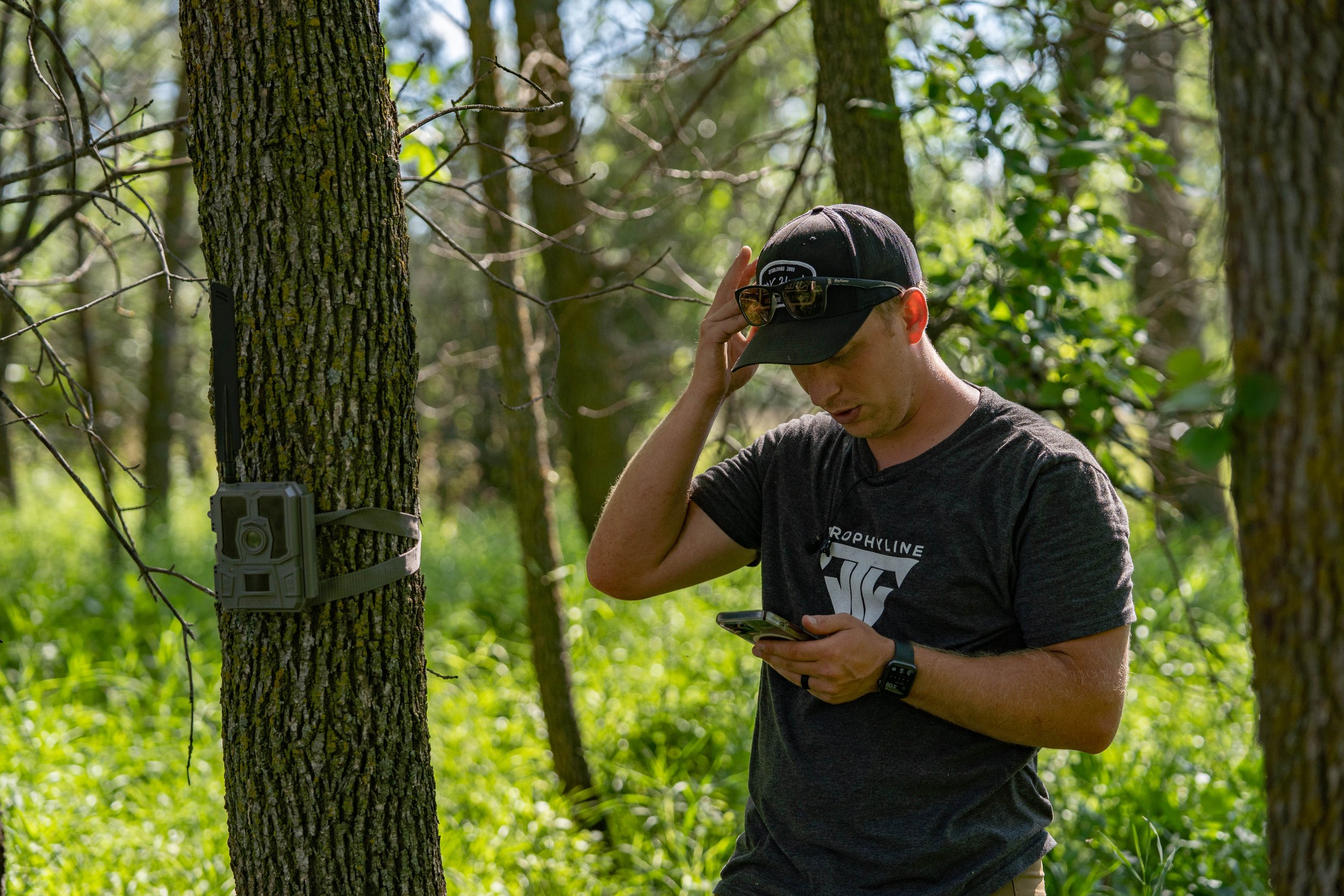By Alex Comstock
Rarely does anything ever happen in a whitetails day that is random. Have you ever thought about that? There is a reason behind every movement. This is even more true when talking about a mature whitetail buck. Everything they do in a day is highly calculated. Every step is taken with caution, and every bed used is done so with precision. Even when some things might seem random during the craziness of the rut, there is still a reason behind what they do. After every hunt, analyze what you saw, and ask why that happened. If you can do this, and put more pieces of the puzzle together, and act on it, you might just be putting yourself in a better position in the future.
Nothing is Random: What I have started to learn more and more about mature bucks, and deer in general is there is nothing random to what they might do. To the casual onlooker, it may seem random that they saw a ton of deer in a field on the way home from work one night, but the next night they weren't there. Deer have a reason behind every single step they take. They will move certain ways when the wind is blowing a certain direction, they will feed in certain areas when it's cold opposed to warm.
When you are out hunting, I'd like to think you usually set up in an area because you believe that is where you will have a chance to accomplish your goal. Whether that be to shoot a mature buck, or observe a buck, or even to shoot a doe. But sometimes we are just a tad off with our calculations, even though it may only be by a slim margin. Often times it is easy (ish) to pick out the right area to hunt, but maybe not the exact tree, or spot for a ground blind. Subsequently, the obvious question to me is how do you go from being in the right area, to being in the exact right spot?
Question Everything: The difference between seeing a shooter buck, and harvesting him can ultimately hinge on whether or not you question everything. Why did you see that buck just out of range? Why did you get busted? Why was seemingly every deer in your food plot except that buck you wanted? Disclaimer - you are not going to be able to answer every single question you have about a buck with a 100% correctness rate. But here's the catch, you don't need to. All you have to do is figure out one or two things about a buck that will give you an edge, and a better opportunity to harvest him.
I like to dig deep. When I have an encounter with a target buck, I ask myself everything I can think of. If I can get one thing to click, I will make a move if need be. A simple example would be hunting on a field edge or in a food plot. Two nights in a row you see your target buck, but right at last light, and can't get a shot. The first question I am asking is why is he waiting to move into the field until last light? Where he is before entering the field? What were the weather conditions? You get the point. Maybe he is staging back in the cover, and you need to move your stand forty to sixty yards to have a shot opportunity. How have you been accessing your stand? He might know something is up, and you need to figure out a new access route. Reflecting on what you do, and what you might be able to change can make all of the difference.
Conclusion: Mature bucks are a different species all together in my mind. They are unbelievably smart, and difficult to hunt, and that is why we pursue them as hard as we do. The feeling of figuring out a buck, and harvesting him is unequivocal to anything in this world. The true challenge lies within the ability to put those puzzle pieces together. It all starts with one question. Why?































